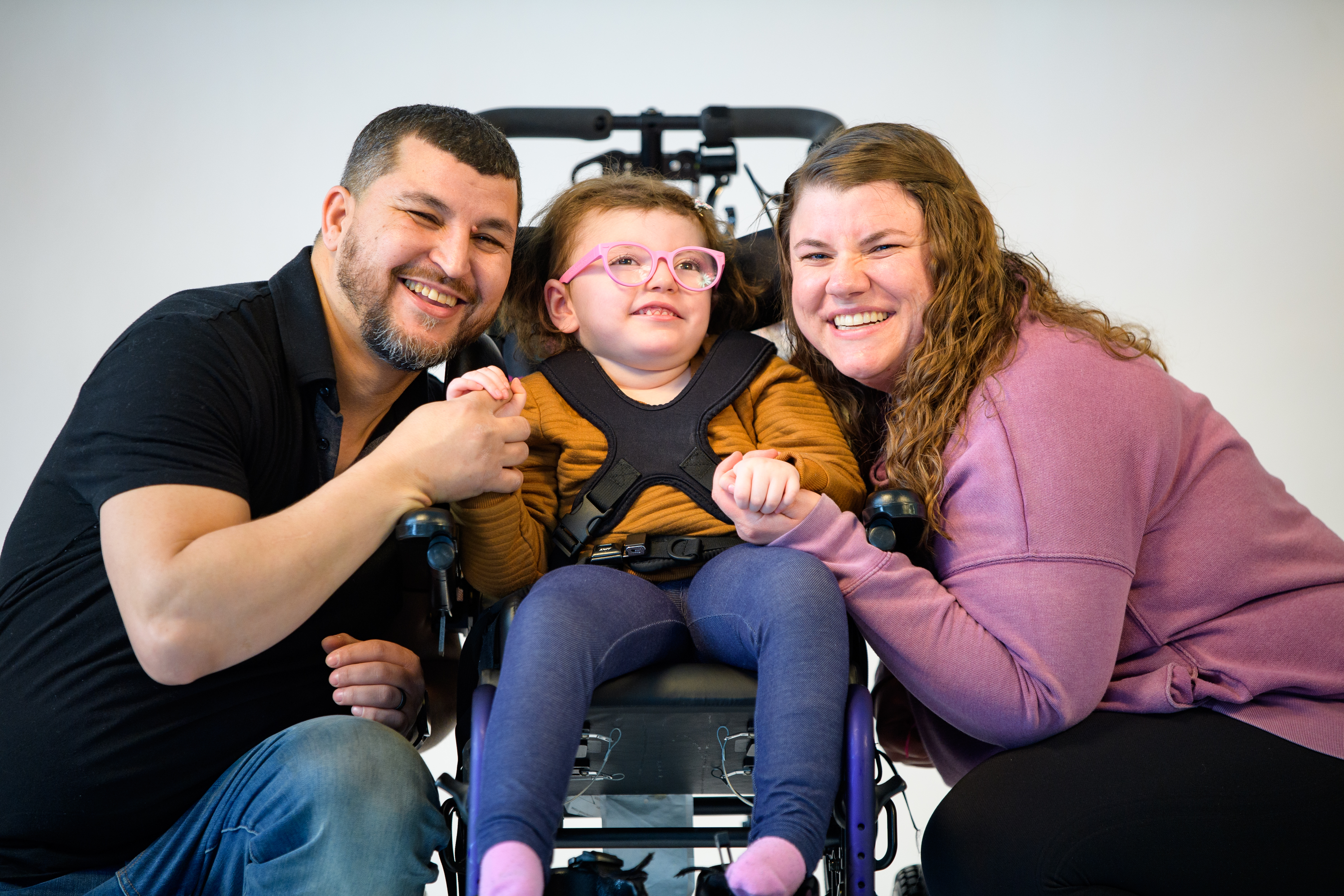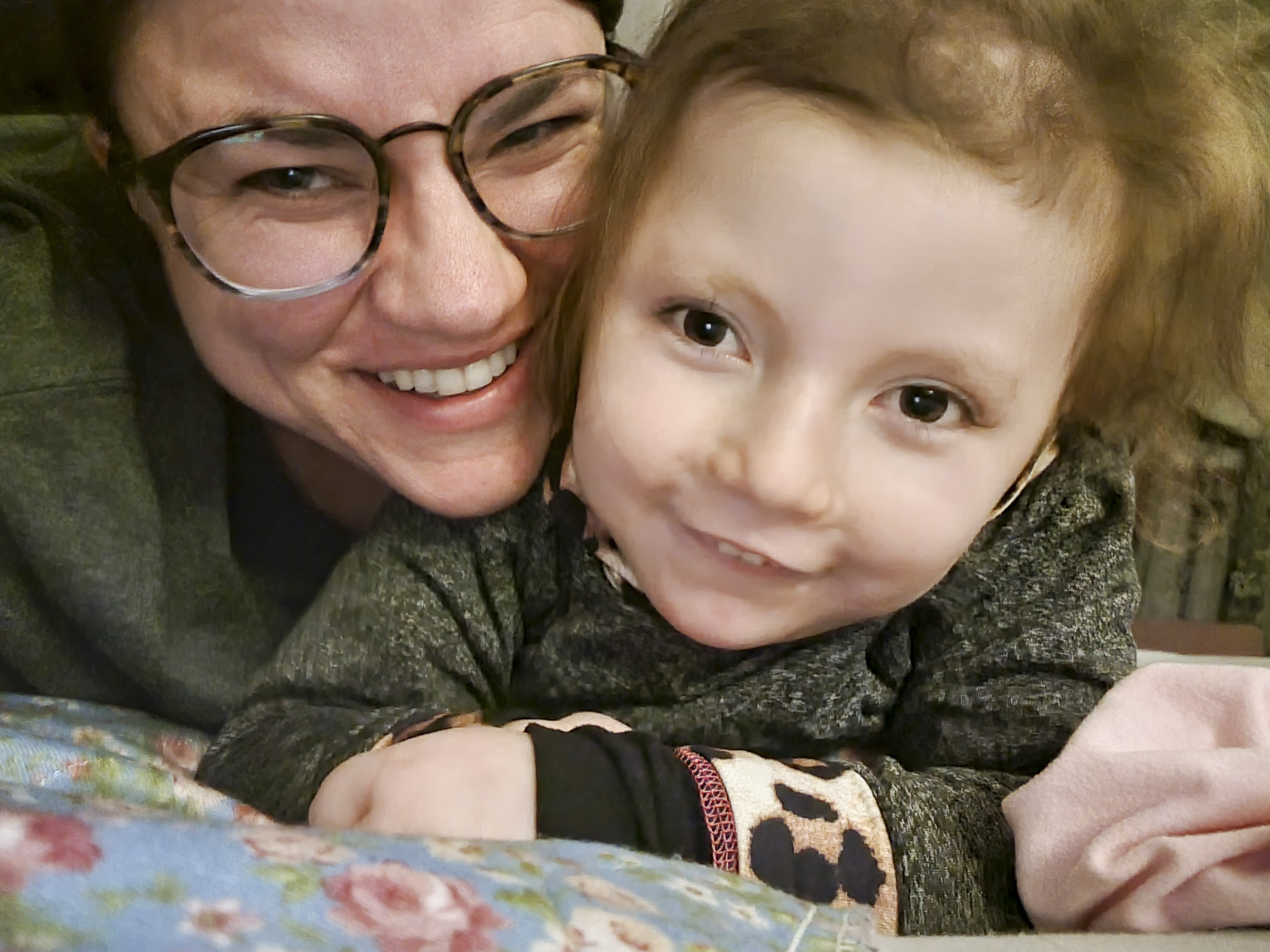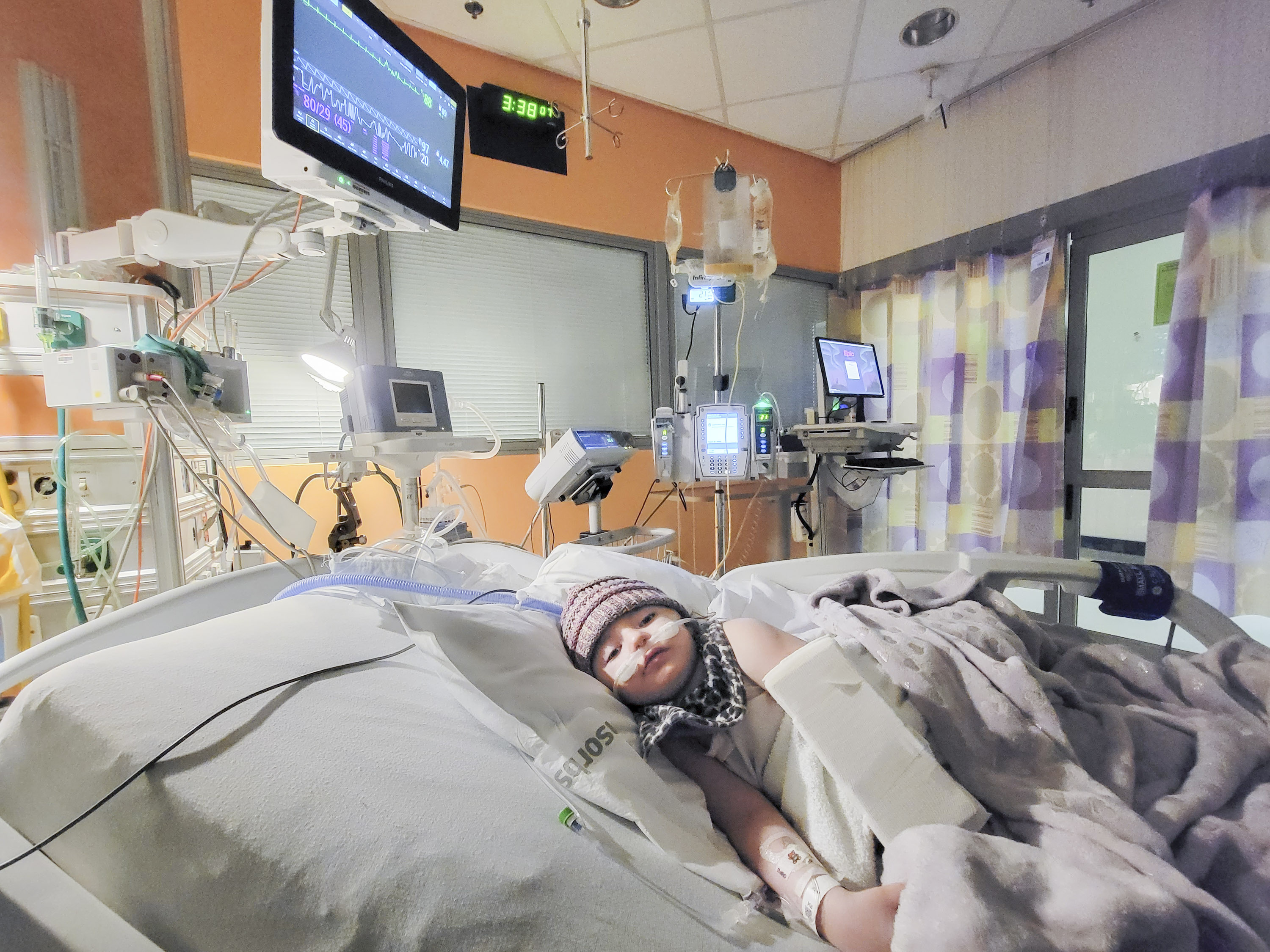Knowing that Mona was having seizures was only the first step. The next thing was to figure out why and what to do about it, and no one seemed to have those answers. “Our good days were great,” Jean says, “but when we had bad days, man, we had bad days. Nothing seemed to work in controlling the seizures and she was maxing out on all the seizure medications. She was bounced around from specialist to specialist trying to make sense of it all. We got second, third, and fourth opinions from all these children’s hospitals.”
It wasn’t until Mona was eight and a half months old, when her genetic testing came back from the lab, that answers finally came: Mona, they discovered, has two genetic deletions in her DNA. The most significant one is a gene called SCN1A. Kids who have a mutation in this gene develop what’s known as Dravet syndrome, a rare and severe form of epilepsy that produces frequent, major and difficult-to-control seizures. Because Mona is completely missing that gene rather than having a mutation in it, her symptoms are not perfectly aligned with a Dravet diagnosis. Still, Dravet syndrome is the closest thing to a diagnosis anyone has been able to come up with, and it gives her medical team a place to start.
In addition to seizures, Dravet can result in developmental delays and other problems. In Mona’s case, those developmental delays are compounded by her other gene deletion, SCN1B. Mona has very low muscle tone and is not ambulatory. She’s in a wheelchair. She doesn’t eat by mouth and has a feeding tube for her nutrition. She’s also nonverbal. “She doesn’t use words,” Jean says, “but she sure knows how to communicate with her eyes.” In addition, her low muscle tone means she has frequent respiratory issues. “She recently had a common cold,” Jean says, “and she was in the hospital for two weeks.”





